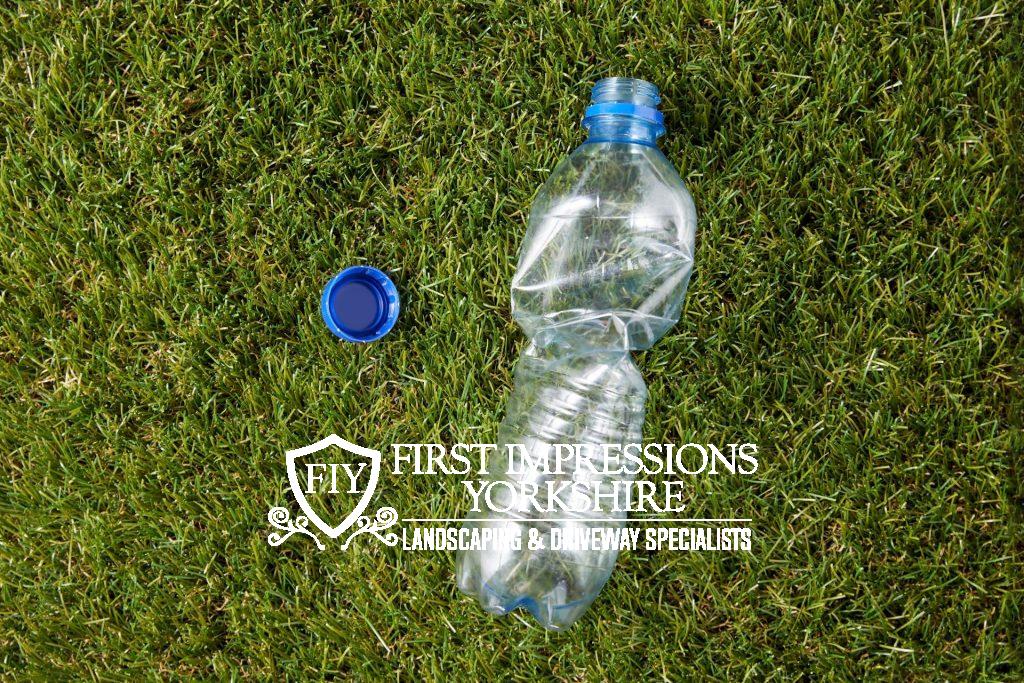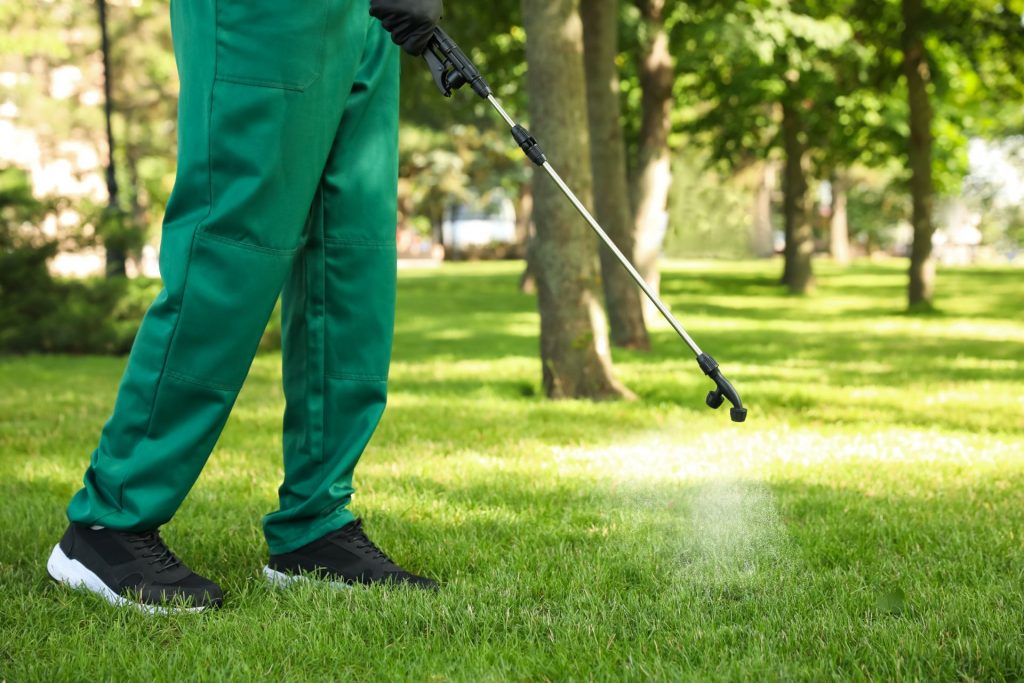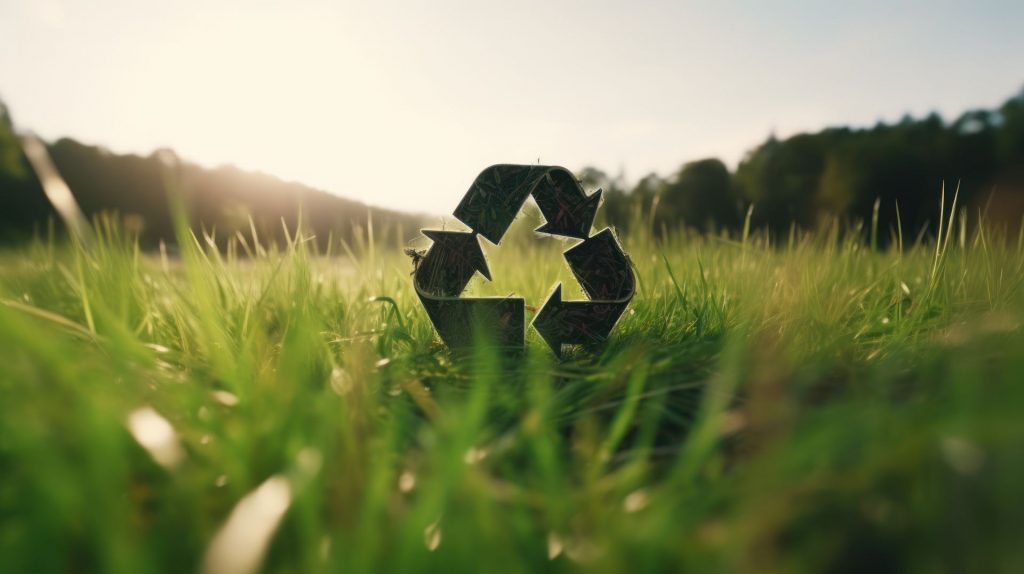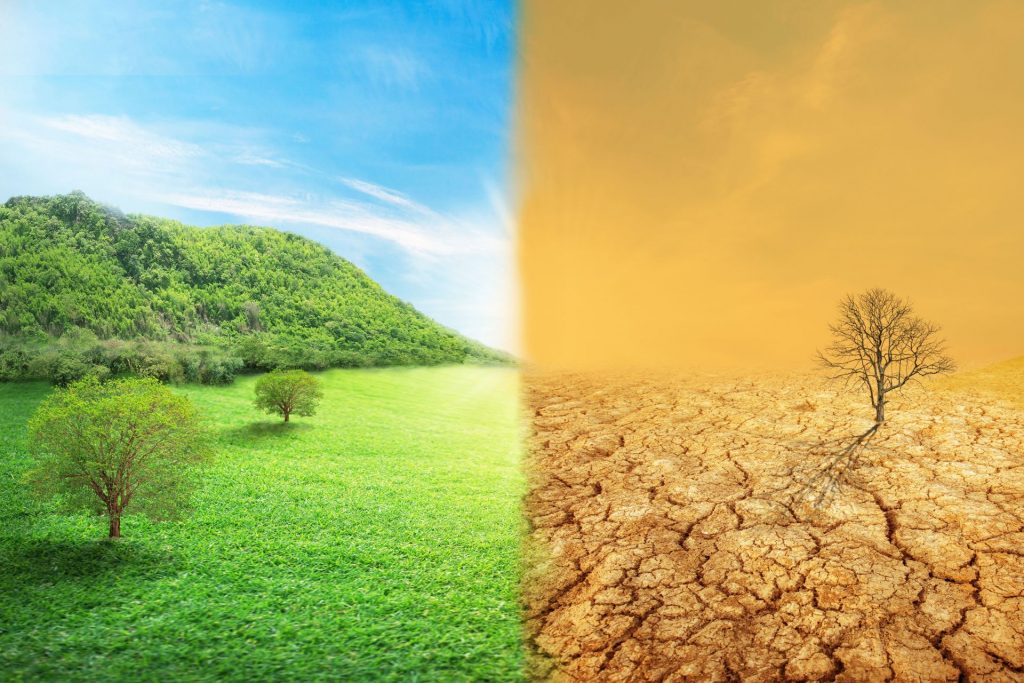Artificial grass, also known as synthetic turf, offers more than just a beautiful and low-maintenance alternative to natural grass. It also provides several environmental benefits that are worth exploring. In this blog post, we will delve into the environmental impact of artificial grass, addressing common concerns and highlighting the sustainable advantages it offers. By understanding these factors, you can make an informed decision and contribute to a greener future.
To see the other benefits to artificial grass, please view our “benefits of artificial grass blog post“.
Water Conservation:

One of the most significant environmental benefits of artificial grass is water conservation. Unlike natural grass, artificial grass does not require regular watering. By eliminating the need for irrigation, artificial grass helps conserve a significant amount of water, which is especially important in regions prone to drought or facing water scarcity. This reduction in water usage can make a positive impact on local water resources and promote a more sustainable approach to landscaping.
Reduced Chemical Usage:

Maintaining a natural grass lawn often involves the use of pesticides, herbicides, and fertilisers. These chemicals can leach into the soil, runoff into water bodies, and have detrimental effects on the environment and ecosystem. Artificial grass eliminates the need for these harmful chemicals, reducing their overall usage and potential negative impacts. By choosing artificial grass, you contribute to a healthier outdoor environment, minimising chemical pollution.
Sustainable Materials and Recycling:

Artificial grass manufacturers are increasingly utilising recycled materials in their production processes. Some artificial grass options incorporate recycled plastics, contributing to the reduction of waste and the conservation of natural resources. Additionally, at the end of its lifespan, artificial grass can often be recycled and repurposed into other products. This recycling potential helps divert waste from landfills and promotes a circular economy approach.
Reduced Carbon Footprint:

Maintaining a natural grass lawn requires regular mowing, which typically involves gas-powered lawnmowers. These lawnmowers contribute to carbon emissions and air pollution. Artificial grass eliminates the need for mowing, reducing the associated carbon footprint. By choosing artificial grass, you can make a positive impact on air quality and minimise your contribution to climate change.
Heat Island Effect:

Urban areas often experience the heat island effect, where the concentration of buildings and paved surfaces leads to increased temperatures. Natural grass can contribute to this effect due to its heat-absorbing properties. Artificial grass, on the other hand, remains cooler as it does not retain heat in the same way. By choosing artificial grass for your outdoor spaces, you can help mitigate the heat island effect and create a more comfortable environment.
Conclusion
Artificial grass offers numerous environmental benefits that make it an attractive choice for eco-conscious individuals. By conserving water, reducing chemical usage, utilising sustainable materials, minimising carbon emissions, and mitigating the heat island effect, artificial grass helps create a more sustainable and environmentally friendly landscape.
When considering landscaping options, keep in mind the positive impact that artificial grass can have on the planet. By making a choice that aligns with sustainability, you contribute to a greener future for generations to come.

